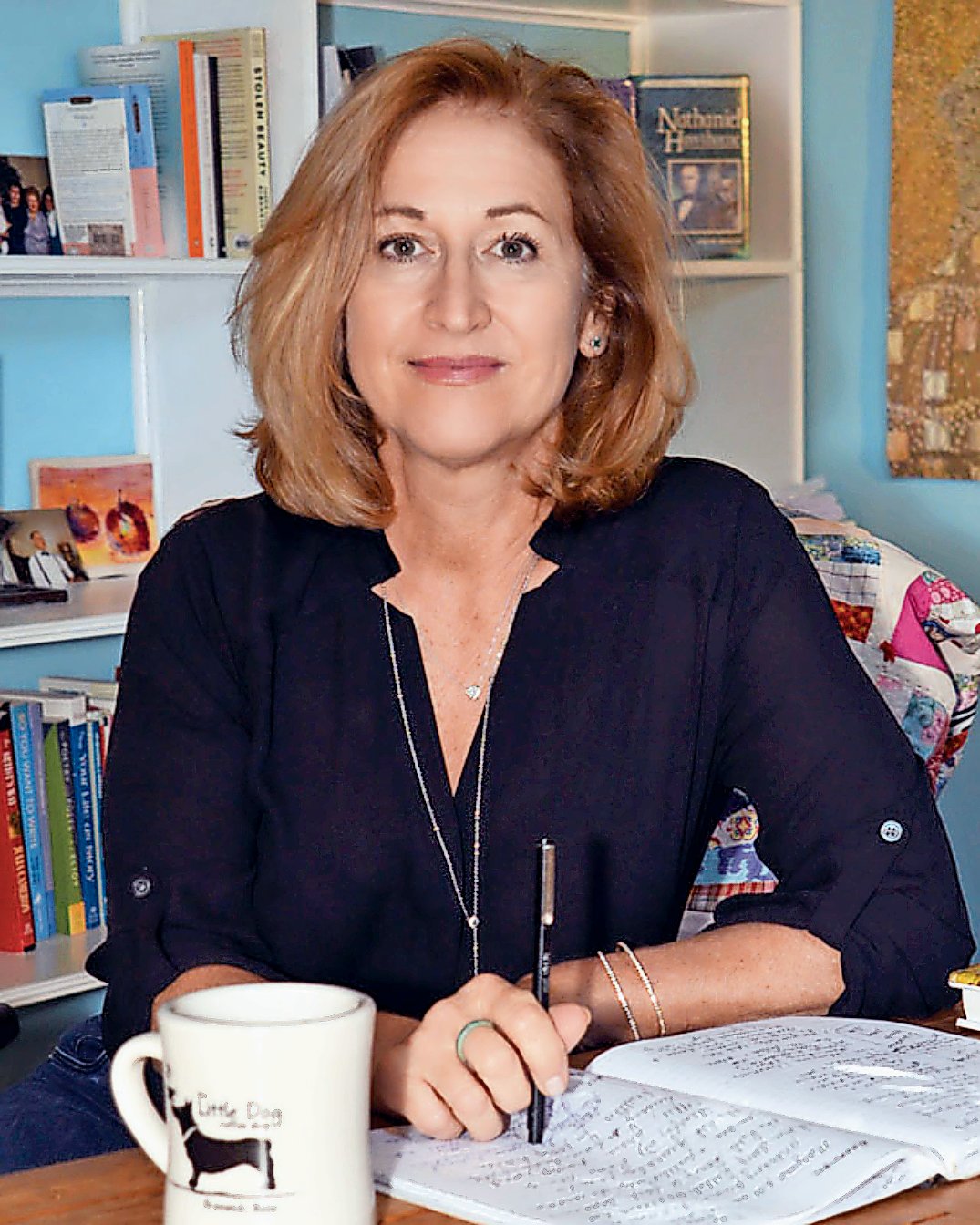Saturday, April 27, 2024
 44.0°,
Mostly Cloudy
44.0°,
Mostly Cloudy
Author Laurie Lico Albanese returns to hometown
Laurie Lico Albanese has memories of growing up in East Meadow and spending time studying at the East Meadow Public Library.
Now, Albanese, 63, an author of three novels and a memoir and the co-author of another historical fiction story, is coming back to the library to give residents a taste of her most recent book. “Hester” is a re-imagining of the creative inspiration for Nathaniel Hawthorne’s novel “The Scarlet Letter” and its protagonist, Hester Prynne.
Albanese will discuss “Hester” on April 20, at 7 p.m., at the library. To register, visit EastMeadow.info.
In Hawthorne’s book, Prynne is the woman who must wear the letter “A” for the rest of her life as a symbol of having committed adultery. In Albanese’s reimagining, Isobel Gamble, a young Scottish seamstress, comes to meet Hawthorne during the 1800s. The book dives into what it meant to be American in the 19th century, and how women were targeted for being different.
“This is Hester Prynne finally tells her own story,” Albanese said. “This novel asks the question, was there a real Hester Prynne? And if so, who was she? And what would she tell us if she could?”
This is Albanese’s third historical novel, and her first one set in America after her other two took place in Europe. Her first book, published in 2000, was contemporary; she switched to historical fiction because she liked reading those types of books, and that’s what was getting the best reception.
Her first historical novel, “The Miracles of Prato,” co-authored with her friend Laura Morowitz and published in 2009, was well-received, Albanese said. So she took that genre and ran with it.
It’s been more than a market decision for Albanese. She said that doing research for her historical fiction books transports her back to being a student and spending hours at the library reading encyclopedia after encyclopedia to get the information that she needed for an assignment.
“I always think about when I was in elementary school, middle school, in high school, we always had to write reports — and that my reports, then, as it would be now, consisted of physically going to the library and literally sitting on the floor with all my different books,” she said. “I love doing that, and I kind of feel like that’s what I’m doing when I write historical fiction; I’m learning at the same time as I’m writing.”
Her historical novels each tend to focus on a woman’s story.
“Virginia Woolf, in ‘A Room of One’s Own’ — which was actually given as a commencement speech to an all-women’s college in the 1920s — she told these women to go out and write women’s stories, because men are telling our stories and we’re not going to have our stories told if we don’t tell them ourselves,” Albanese said. “I came upon that the same time that I came upon the idea that ‘The Scarlet Letter’ was our first historical novel, and Hester Prynne our first feminist heroine, and I was able to just really embrace that idea.”
Albanese said she’s never gotten pushback for her approach; her stories have been met with excitement.
“Women love hearing the women’s version of the story,” she said. “There’s a lot of retelling of classics now, with theology and everything, and a lot of the times it is the woman’s perspective.”
All of Albanese’s stories are in first-person with the exception of “The Miracles of Prato” — she prefers reading first-person stories, and she finds it special to be able to tell a woman’s story that way.
Moving forward, she wants to stick with women-focused historical fiction, and may even want to dive into a story based on Long Island.
“I have an idea for a book set during World War One — it’s a totally different kind of story, but even that’s historical,” Albanese said. “I feel like the great American novel about Long Island has not been written since ‘The Great Gatsby,’ and so I’d like to write a novel set on Long Island, but I just haven’t done it yet.”
HELP SUPPORT LOCAL JOURNALISM
The worldwide pandemic has threatened many of the businesses you rely on every day, but don’t let it take away your source for local news. Now more than ever, we need your help to ensure nothing but the best in hyperlocal community journalism comes straight to you. Consider supporting the Herald with a small donation. It can be a one-time, or a monthly contribution, to help ensure we’re here through this crisis. To donate or for more information, click here.
Sponsored content
Other items that may interest you







